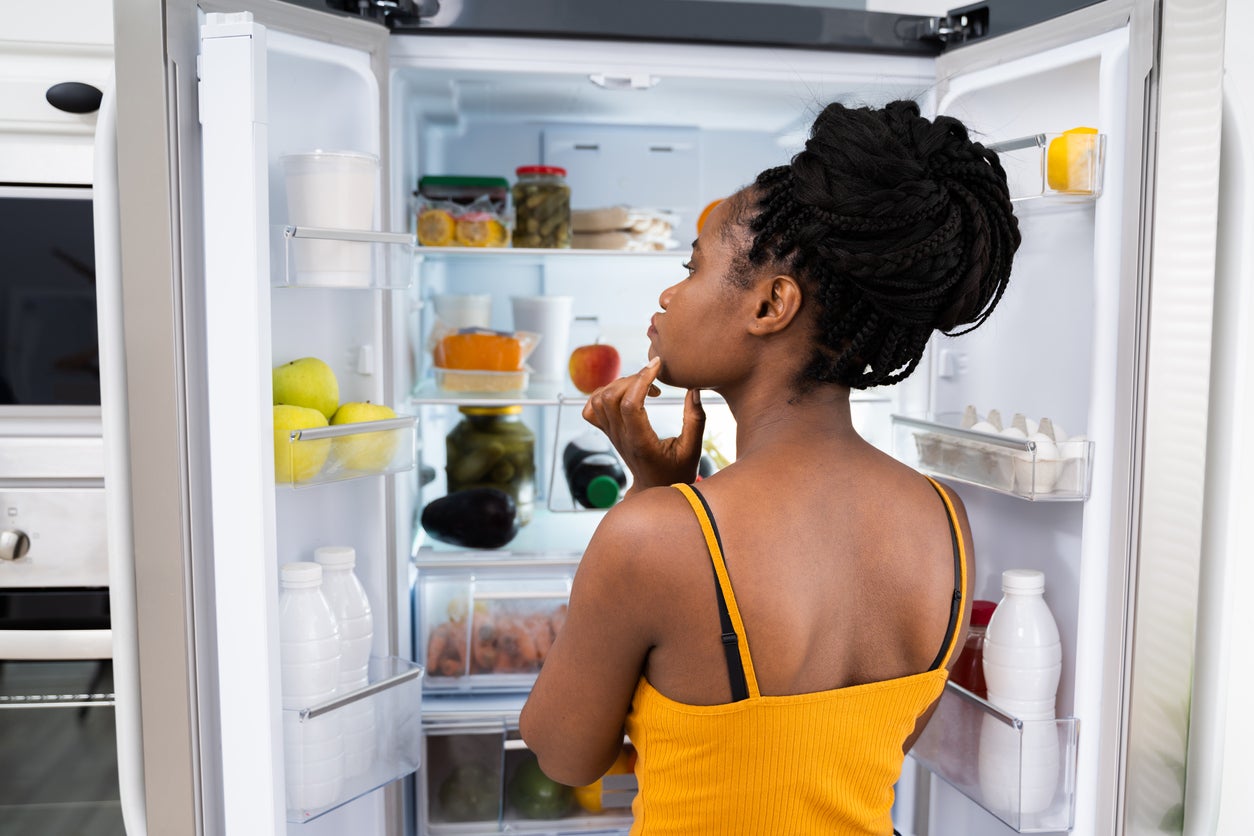

Articles
Why Is My Fridge Not Cold But My Freezer Is
Modified: February 27, 2024
Discover why your fridge isn't cold while your freezer is working correctly. Read our informative articles on troubleshooting fridge cooling issues.
(Many of the links in this article redirect to a specific reviewed product. Your purchase of these products through affiliate links helps to generate commission for Storables.com, at no extra cost. Learn more)
Introduction
Having a fridge that is not cold can be a frustrating experience. You open the door expecting to find refreshing cold air, only to be met with a lukewarm temperature. But what’s even more puzzling is when the freezer compartment is icy cold and functioning perfectly fine. So, why is your fridge not cold but your freezer is?
Understanding the inner workings of your fridge and freezer is the key to unraveling this mystery. Typically, a fridge and freezer share the same cooling system, with the freezer acting as the primary cooling unit. The cold air generated in the freezer is then circulated into the fridge to keep its contents cool. This exchange of air is facilitated by components such as air vents, fans, and thermostat control.
When your fridge is not cold but your freezer is, it indicates that there is a disruption in this airflow and cooling process. Several factors can contribute to this imbalance, ranging from simple issues that you can fix yourself to more complex problems that require professional intervention.
In this article, we will explore some of the possible reasons why your fridge is not cold but your freezer is. We will also provide solutions to help you troubleshoot and address the issue, allowing you to restore your fridge’s cooling capabilities.
Key Takeaways:
- Don’t let a warm fridge ruin your day. Clear blocked air vents, replace faulty parts, and maintain proper airflow to restore your fridge’s cooling power and keep your food fresh.
- Keep your fridge cool and functional. Regular maintenance, cleaning, and troubleshooting can help address issues like damaged door gaskets, thermostat problems, and insufficient refrigerant levels.
Read more: Why My AC Is Not Blowing Cold Air
Understanding the Difference between the Fridge and Freezer
Before we delve into the reasons why your fridge may be warm while your freezer remains cold, it’s important to understand the fundamental differences between these two compartments.
The fridge compartment is designed to keep food at a temperature that is cool but not freezing. It typically has a range of temperatures between 35 to 38 degrees Fahrenheit (1.6 to 3.3 degrees Celsius). This temperature range is ideal for slowing down the growth of bacteria and preserving the freshness of perishable items, such as fruits, vegetables, dairy products, and leftovers.
On the other hand, the freezer compartment is responsible for creating freezing temperatures to preserve food for longer periods. It typically maintains temperatures between 0 to 10 degrees Fahrenheit (-17.8 to -12.2 degrees Celsius). This freezing temperature helps to inhibit bacterial growth and allows you to store frozen food items, such as meat, fish, ice cream, and frozen vegetables, for an extended time without spoilage.
While the fridge and freezer sections work together to maintain a balance of cold air, they have separate components and systems that enable them to function independently. Understanding these differences is crucial in troubleshooting the problem of a warm fridge and a cold freezer.
Now that we have a basic understanding of the fridge and freezer compartments, let’s explore some of the potential reasons why your fridge is not cold while your freezer is functioning as expected.
Possible Reasons for a Warm Fridge and Cold Freezer
When your fridge is not cold but your freezer is, there are several potential reasons that could explain this temperature disparity. Let’s take a closer look at some of these possible causes:
- Blocked Air Vents: One common reason for a warm fridge is blocked air vents. Over time, the vents can become obstructed by food items or debris, limiting the airflow from the freezer to the fridge. This restriction prevents the cold air from reaching the fridge, resulting in a warm temperature.
- Faulty Evaporator Fan: The evaporator fan is responsible for circulating the cold air from the freezer into the fridge. If the fan malfunctions or stops working altogether, the fridge will not receive the necessary cool air, causing it to warm up while the freezer remains cold.
- Damaged Door Gaskets: The door gaskets create a seal when the fridge door is closed, preventing warm air from entering and cold air from escaping. If the door gaskets are damaged, worn out, or not properly sealed, warm air can seep into the fridge, compromising its cooling ability.
- Thermostat Issues: The thermostat controls the temperature inside the fridge. If it is faulty or not set correctly, the fridge may not cool adequately. This can result in a warm fridge and a functioning freezer.
- Insufficient Refrigerant: Refrigerant is the substance that absorbs and releases heat, allowing the fridge to cool down. If there is a refrigerant leak or a low refrigerant level, the cooling capacity of the fridge can be compromised, resulting in a warm fridge and a cold freezer.
- Condenser Coils Need Cleaning: The condenser coils are responsible for releasing heat from the fridge. If they become dirty or covered in dust, they cannot effectively dissipate heat, causing the fridge to warm up while the freezer remains cold.
- Inadequate Air Circulation: Poor air circulation within the fridge can also lead to uneven cooling. This can be caused by overcrowding the fridge with food items, blocking the airflow, or improper placement of items that hinder the circulation of cool air.
These are just some of the most common reasons why your fridge may be warm while your freezer is cold. The next step is to identify the specific cause in your situation and take appropriate measures to fix it. In the following sections, we will explore potential solutions to help you troubleshoot and restore the cooling functionality of your fridge.
Blocked Air Vents
One of the possible reasons why your fridge is not cold but your freezer is functioning properly is blocked air vents. Air vents are crucial for the exchange of cold air between the freezer and the fridge compartments. Over time, these vents can become blocked by food items, ice buildup, or other debris, obstructing the flow of cold air into the fridge.
To resolve this issue, you can follow these steps:
- Locate the air vents in your fridge. They are usually located in the back panel of the freezer compartment or at the top left corner of the fridge section.
- Carefully inspect the vents for any signs of blockage. Remove any food items, ice buildup, or debris that may be obstructing the vents.
- Use a soft brush or a can of compressed air to gently clean the vents and ensure they are free from any residue.
- Once the vents are clear, check if the cold air is now flowing smoothly into the fridge. You can do this by checking the temperature of different sections of the fridge with a thermometer.
If the blockage was indeed the issue, you should notice an improvement in the cooling performance of your fridge. The cold air from the freezer will now be able to circulate freely, ensuring that both the fridge and freezer compartments maintain their intended temperatures.
If the problem persists or you cannot locate the air vents, it is recommended to consult the user manual of your refrigerator or seek assistance from a professional technician. They will be able to provide further guidance and solutions specific to your appliance.
Remember, regular maintenance and cleaning of the air vents is essential to prevent future blockages and ensure optimal cooling performance of your fridge.
Faulty Evaporator Fan
If your fridge is not cold but your freezer is functioning properly, a potential culprit is a faulty evaporator fan. The evaporator fan is responsible for circulating cold air from the freezer to the fridge compartment. When this fan malfunctions or stops working, the fridge section may not receive the necessary cool air, resulting in a warmer temperature.
To address a faulty evaporator fan, you can try the following steps:
- Locate the evaporator fan inside your freezer. It is usually located on the back wall or ceiling of the freezer compartment.
- Check if the fan is spinning. If it is not rotating or making unusual noises, it is likely that the fan motor is defective and needs to be replaced.
- If there is any visible ice buildup around the fan, defrosting the freezer may solve the issue. Unplug the refrigerator, empty the freezer, and allow the ice to melt naturally. Be sure to have towels or a container to collect the water.
- Once the fan and the surrounding area are free from ice, plug the refrigerator back in and observe if the fan starts to operate normally.
- If the evaporator fan still does not work after defrosting, it is recommended to consult the user manual or reach out to a professional technician. They will be able to diagnose the issue accurately and provide the necessary repairs or replacements.
It’s worth noting that a faulty evaporator fan can also result from a problem with the fan motor or the wiring. In such cases, professional assistance is usually required to properly diagnose and fix the issue.
Keep in mind that replacing a fan motor or repairing the wiring should be done by a qualified technician who has experience working on refrigeration systems. Attempting to fix these components without the necessary knowledge and expertise can lead to further damage or safety risks.
Addressing a faulty evaporator fan promptly will help restore proper airflow and ensure that cold air is being circulated from the freezer to the fridge, allowing both compartments to maintain their intended temperatures.
Read more: Why Is My HVAC Not Blowing Cold Air
Damaged Door Gaskets
If your fridge is not cold but your freezer is maintaining the correct temperature, damaged door gaskets could be the culprit. The door gaskets are the rubber seals that line the edges of the fridge door, creating an airtight seal when the door is closed. This seal helps to keep warm air out and cold air in. However, if the door gaskets are damaged or not properly sealed, warm air can enter the fridge, causing it to warm up while the freezer remains cold.
To address this issue, follow these steps:
- Inspect the door gaskets by visually examining them for any signs of damage, such as cracks, tears, or deformities. You can also do a simple test by placing a dollar bill or a piece of paper between the gasket and the fridge door and closing the door. If you can easily pull out the bill or paper without any resistance, it indicates a poor seal.
- If you notice any damage or a poor seal, clean the gasket using mild soap and water. Be sure to remove any dirt, debris, or sticky residue that may affect the gasket’s effectiveness.
- If the gasket is still not sealing properly after cleaning, you may need to replace it. Contact the refrigerator manufacturer or a professional technician to get the correct replacement gasket for your specific refrigerator model.
- Once you have the new gasket, carefully remove the old one by gently pulling it away from the door. Make sure to remove any adhesive residue left behind.
- Install the new gasket by lining it up with the door and pressing it firmly into place. Ensure that the gasket is properly aligned and forms a tight seal when the door is closed.
After replacing the damaged door gaskets, check if the fridge temperature improves. Over time, the new gaskets should create a proper seal, preventing warm air from entering the fridge and ensuring that both the fridge and the freezer compartments maintain their intended temperatures.
Regularly inspecting and cleaning the door gaskets can help prevent future damage and ensure their continued effectiveness. Additionally, make sure to close the refrigerator door properly and avoid excessive force or slamming, as this can put unnecessary strain on the gaskets.
If you are unsure of how to proceed or if the issue persists after replacing the gaskets, it is best to seek professional assistance to diagnose and address the problem effectively.
Check the condenser coils for dust and debris. Dirty coils can prevent the fridge from cooling properly. Clean the coils to improve airflow and help the fridge cool down.
Thermostat Issues
If your freezer is cold but your fridge is not, the culprit may be thermostat issues. The thermostat is responsible for regulating the temperature inside the fridge. If it malfunctions or is not set correctly, the fridge may not cool properly while the freezer continues to operate as expected.
To address thermostat issues, you can follow these steps:
- Locate the thermostat control dial or digital display panel inside your fridge. It is usually located in the upper part of the fridge section.
- Check the thermostat setting to ensure that it is set to the appropriate temperature. The recommended temperature range for most refrigerators is between 35 to 38 degrees Fahrenheit (1.6 to 3.3 degrees Celsius). Adjust the setting if it is too high or too low.
- If your fridge has a digital display panel, make sure the temperature reading is accurate. If not, try resetting the thermostat or consult the user manual for specific instructions on calibrating or troubleshooting the thermostat.
- Closely monitor the temperature in the fridge over the next few hours or days to see if it improves. Use a refrigerator thermometer to verify the accuracy of the temperature inside the fridge.
If adjusting the thermostat settings does not resolve the issue, there may be a more significant problem with the thermostat itself. In this case, it is recommended to seek professional help or contact the refrigerator manufacturer for further guidance or to schedule a repair visit.
It’s worth noting that some modern refrigerators have sophisticated temperature control systems that can be adjusted through digital interfaces or mobile applications. If your refrigerator has such features, consult the user manual or contact the manufacturer for instructions on troubleshooting or resetting the thermostat.
By properly setting and calibrating the thermostat, you can ensure that your fridge cools to the desired temperature and operates in sync with the freezer compartment. Regularly checking and adjusting the thermostat settings, if needed, will help maintain optimal temperature conditions for the proper storage of food items.
If the thermostat issues persist or are accompanied by other symptoms, such as unusual noises or erratic temperature fluctuations, it is best to seek professional assistance to diagnose and address the underlying problem.
Insufficient Refrigerant
If your freezer is cold but your fridge is not, insufficient refrigerant levels could be the cause. Refrigerant is the substance responsible for absorbing and releasing heat, allowing the fridge to cool down. If there is a refrigerant leak or a low refrigerant level, the cooling capacity of the fridge can be compromised, resulting in a warm fridge and a functioning freezer.
To address insufficient refrigerant levels, it is recommended to seek professional assistance from a qualified technician who specializes in refrigerator repairs and refrigerant handling. They will have the necessary tools and expertise to properly diagnose and resolve the issue. Here are some steps they may take:
- The technician will conduct a thorough inspection of the refrigerator, checking for any visible signs of refrigerant leaks, such as oily or greasy residue on the components.
- If a leak is detected, they will locate the source of the leak and repair it to prevent further refrigerant loss.
- The technician will then measure the refrigerant levels using specialized tools to determine if they are within the recommended range.
- If the refrigerant levels are low, the technician will refill the system with the appropriate amount of refrigerant to restore optimal cooling performance.
Keep in mind that refrigerants are regulated substances, and only certified technicians should handle them. Attempting to handle or refill the refrigerant yourself can be dangerous and may void the warranty on your refrigerator.
Preventing refrigerant leaks can help maintain the cooling efficiency of your fridge. Avoid placing heavy or sharp objects near the refrigeration lines, as they can cause damage and lead to leaks. Additionally, ensure that the refrigerator is properly leveled, as an unlevelled unit can stress the refrigerant lines and increase the risk of leaks.
If you suspect that your refrigerator has insufficient refrigerant levels, it is best to consult a professional technician. They will be able to accurately diagnose the issue and provide the necessary repairs or refrigerant refills to restore the cooling functionality of your fridge.
Condenser Coils Need Cleaning
If your freezer is cold but your fridge is not, dirty or clogged condenser coils could be the culprit. The condenser coils in your refrigerator are responsible for releasing heat from the appliance. Over time, dust, dirt, and debris can accumulate on the coils, impairing their ability to dissipate heat effectively. As a result, the fridge may become warm while the freezer continues to function properly.
To address dirty or clogged condenser coils, follow these steps:
- Unplug your refrigerator from the power source to ensure your safety.
- Locate the condenser coils, which are usually found either behind or beneath the refrigerator. Consult the user manual if you’re unsure of their exact location.
- Once you have located the coils, use a coil brush or a vacuum cleaner with a brush attachment to gently remove the dust and debris. Be careful not to damage the delicate fins of the coils.
- If the coils are excessively dirty or clogged, you can use a coil cleaning solution recommended by the manufacturer. Apply the solution to the coils, allowing it to penetrate and loosen any stubborn dirt. Follow the instructions provided on the cleaning solution carefully.
- After cleaning the coils, use a damp cloth to wipe away any remaining residue or cleaner.
- Wait for the coils to dry completely before plugging the refrigerator back into the power source.
Cleaning the condenser coils regularly, ideally at least once or twice a year, can help maintain the efficiency of your refrigerator and prevent temperature imbalances between the fridge and freezer compartments.
Remember to take precautions and ensure that the refrigerator is unplugged before cleaning the condenser coils. If you’re unsure or uncomfortable with performing this task yourself, it is recommended to contact a professional technician who can safely and effectively clean the coils for you. They may also provide additional maintenance tips specific to your refrigerator model.
By keeping the condenser coils clean and free of debris, you can optimize the performance of your refrigerator and ensure that both the fridge and freezer compartments maintain their intended temperatures.
Read more: Why Is My Bath Water Cold But Sink Hot
Inadequate Air Circulation
If your freezer is cold but your fridge is not, inadequate air circulation within the refrigerator could be the issue. Proper air circulation is essential for the even distribution of cold air throughout the fridge compartment. If the air cannot circulate freely, it can result in a warm fridge while the freezer remains cold.
To address inadequate air circulation, you can follow these steps:
- Check the placement of food items inside the fridge. Ensure that there is enough space between items to allow the air to flow freely. Overcrowding the fridge can impede airflow and prevent cold air from circulating.
- Avoid blocking the vents within the refrigerator. The vents, located at the back of the fridge or on the side walls, allow air to circulate between the freezer and fridge compartments. Ensure that there are no items obstructing these vents.
- Consider rearranging the items in your fridge to optimize airflow. Place taller items, such as bottles or jars, at the back or sides of the fridge to prevent them from blocking the airflow. Keep smaller items towards the front and in areas where the vents are less likely to be obstructed.
- Clean the refrigerator’s internal fan if applicable. Some fridges have a fan that helps circulate air within the fridge. Dust or debris on the fan blades can hinder its performance. Consult your refrigerator’s user manual for instructions on how to access and clean the fan.
- Regularly clean the shelves, drawers, and walls of your fridge to remove any spills or residue that could restrict airflow. Wipe down all surfaces with a mild cleaning solution and a damp cloth.
By optimizing the airflow and ensuring adequate air circulation within your fridge, you can help achieve consistent cooling throughout both the freezer and fridge compartments.
If you have followed these steps and the inadequate air circulation issue persists, there may be an underlying problem with the refrigerator’s ventilation system. In such cases, it is recommended to consult the user manual for troubleshooting tips specific to your refrigerator model or contact a professional technician for further diagnosis and repairs.
Remember, proper organization and regular maintenance of your fridge will not only improve air circulation but also contribute to its overall efficiency and longevity.
Solutions to Fix a Warm Fridge
Dealing with a warm fridge can be frustrating, but fortunately, there are ways to troubleshoot and resolve the issue. Here are some solutions to get your fridge back to its cooling capabilities:
- Check and clean the air vents: Blocked air vents can prevent the flow of cold air from the freezer to the fridge. Remove any obstructions, such as food items or debris, and ensure the vents are clear for proper airflow.
- Inspect and replace the faulty evaporator fan: If the evaporator fan is not working or malfunctioning, it won’t circulate cold air into the fridge. Consider replacing the fan motor or repairing any wiring issues with the help of a professional technician.
- Examine and replace damaged door gaskets: Damaged door gaskets can cause warm air to enter the fridge. Clean the gaskets and check for any cracks, tears, or deformities. If necessary, install new gaskets to create a proper seal.
- Adjust and calibrate the thermostat: Ensure that the thermostat is set to the correct temperature and accurately reading the fridge’s temperature. Make any necessary adjustments and monitor the cooling performance to ensure the desired temperature is maintained.
- Address insufficient refrigerant levels: If there is a refrigerant leak or low refrigerant levels, it can affect the cooling efficiency of the fridge. Contact a professional technician who can detect and repair any leaks, as well as refill the refrigerant to proper levels.
- Clean the condenser coils: Dirty or clogged condenser coils can hinder the release of heat from the fridge. Carefully clean the coils by removing dust, dirt, and debris. This will optimize heat dissipation and improve cooling performance.
- Ensure adequate air circulation: Avoid overcrowding the fridge, especially near vents, to allow for proper air circulation. Rearrange items to optimize airflow and clean the internal fan, if applicable, to enhance circulation within the fridge.
It’s important to note that these solutions may vary depending on the specific make and model of your refrigerator. Consulting the user manual or seeking professional assistance is recommended for complex issues or if these solutions do not resolve the problem.
Remember to perform regular maintenance and cleaning of your fridge to prevent issues and ensure its optimal performance. This includes cleaning air vents, monitoring and adjusting thermostat settings, and keeping condenser coils free from dirt and debris.
By following these solutions and properly maintaining your fridge, you can restore its cooling functionality and enjoy a cold fridge once again.
Conclusion
A warm fridge while the freezer remains cold can be a frustrating situation to deal with. However, by understanding the various components and factors that contribute to this issue, you can troubleshoot and resolve the problem effectively.
In this article, we explored possible reasons for a warm fridge and a cold freezer. We discussed blocked air vents, faulty evaporator fans, damaged door gaskets, thermostat issues, insufficient refrigerant levels, dirty condenser coils, and inadequate air circulation as potential causes.
To fix a warm fridge, you can try solutions such as clearing blocked air vents, repairing or replacing faulty evaporator fans, installing new door gaskets, adjusting and calibrating the thermostat, addressing insufficient refrigerant levels, cleaning condenser coils, and ensuring adequate air circulation.
It’s important to note that each refrigerator is unique, and proper maintenance and care will vary depending on the make and model. Consult your refrigerator’s user manual or seek professional assistance for specific instructions and troubleshooting guidance.
Remember, regular maintenance is key to preventing issues and ensuring the long-term performance of your fridge. Clean air vents and condenser coils periodically, keep the fridge door seals in good condition, and monitor the temperature settings to optimize cooling efficiency.
By implementing these solutions and maintaining your fridge properly, you can restore the balance between the fridge and freezer compartments and enjoy a consistently cool and functional refrigerator.
Frequently Asked Questions about Why Is My Fridge Not Cold But My Freezer Is
Was this page helpful?
At Storables.com, we guarantee accurate and reliable information. Our content, validated by Expert Board Contributors, is crafted following stringent Editorial Policies. We're committed to providing you with well-researched, expert-backed insights for all your informational needs.
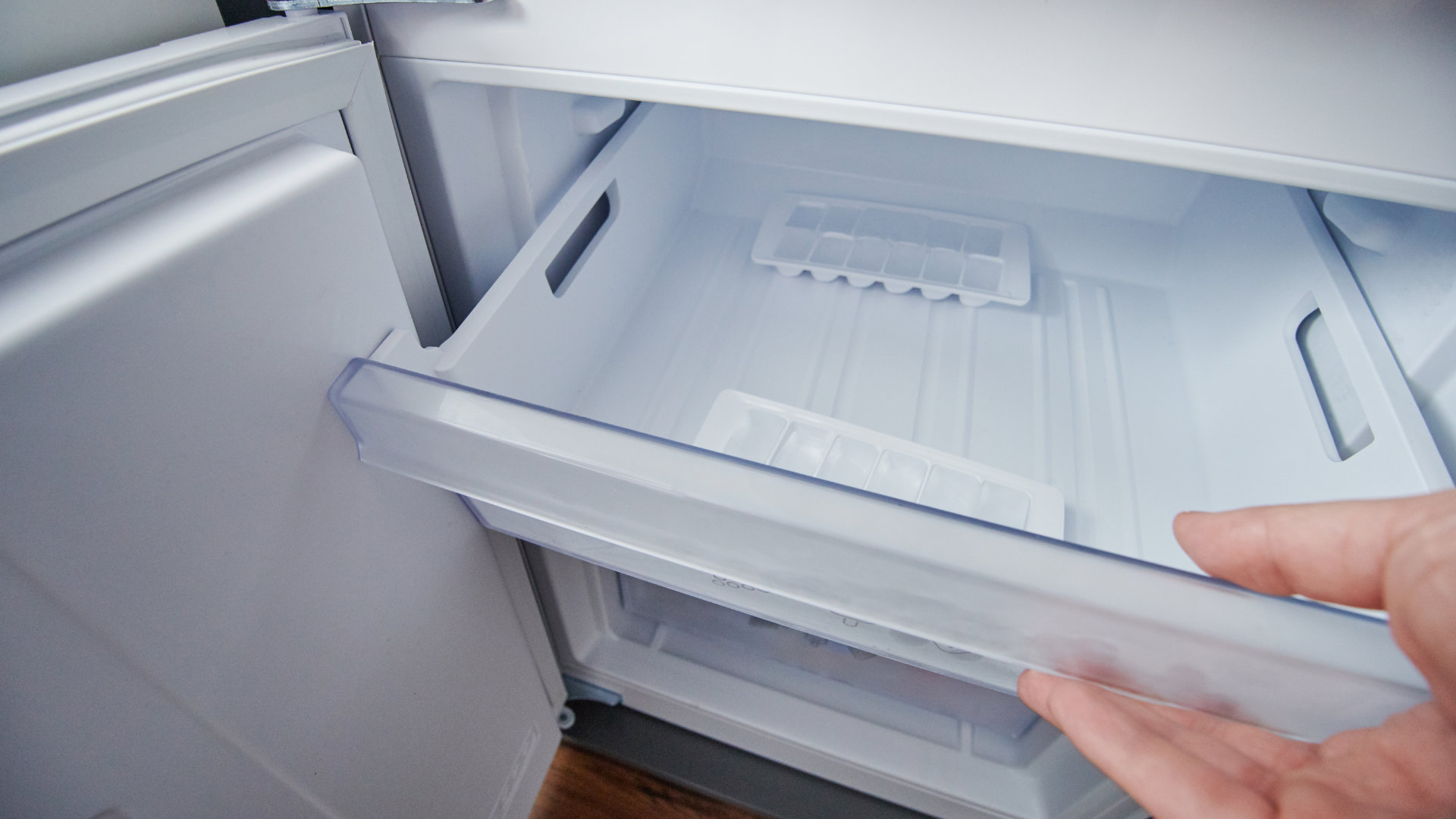
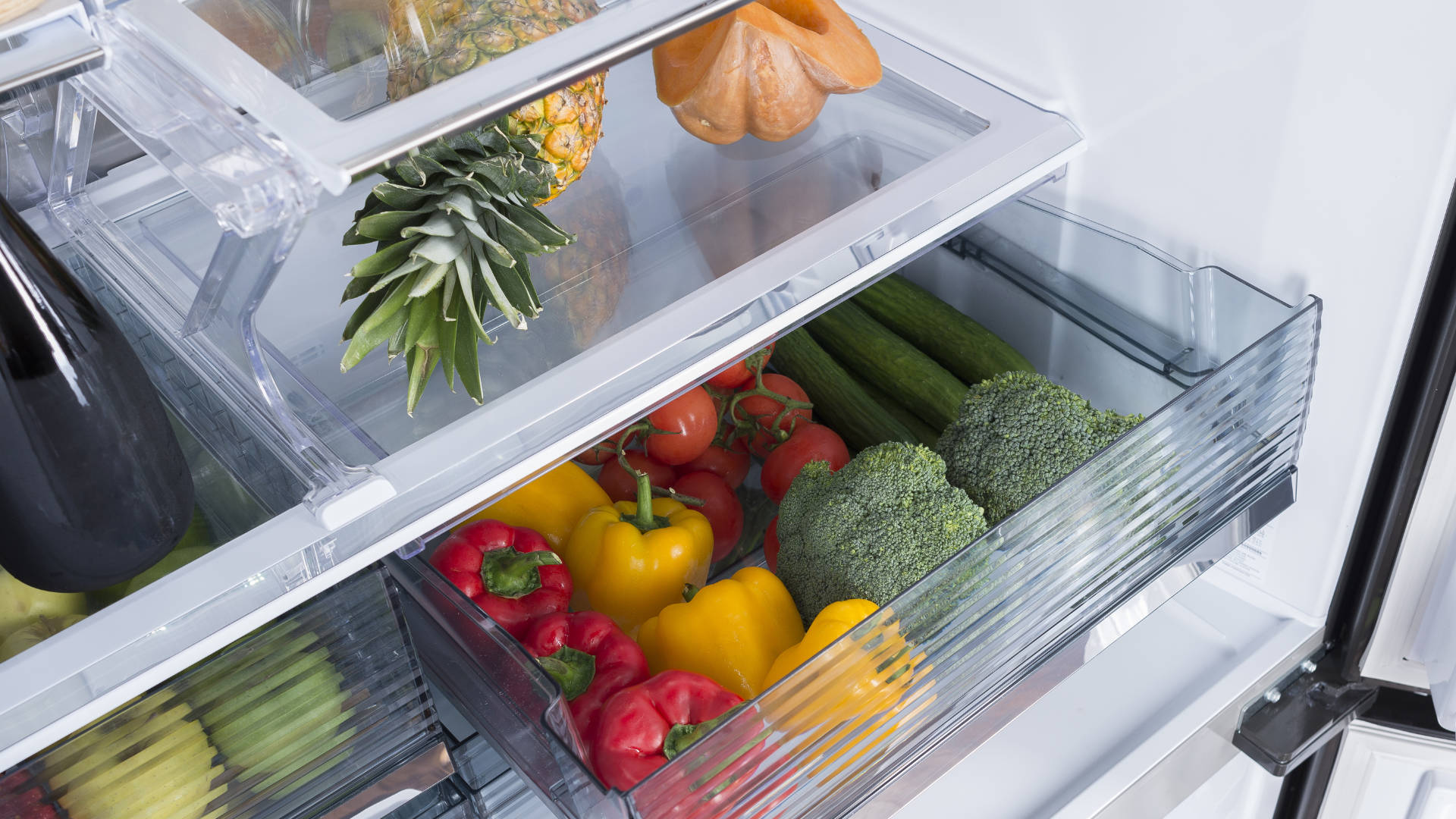
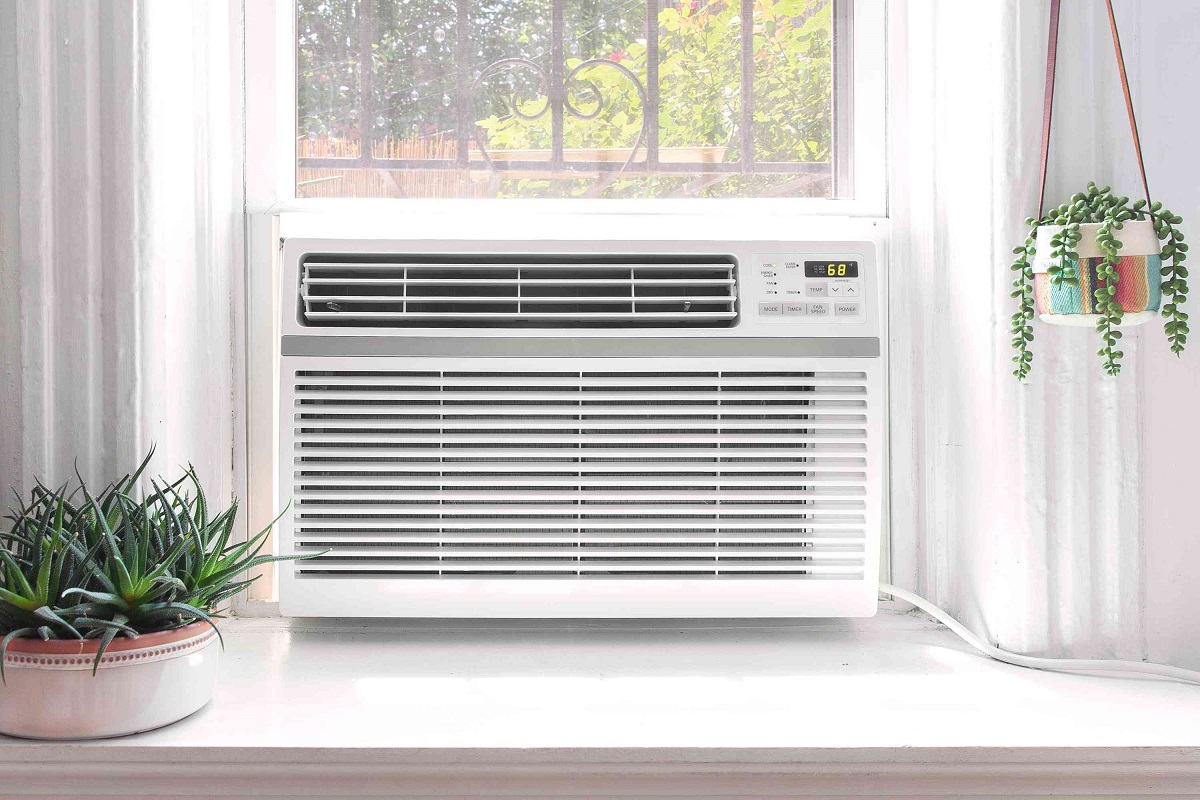

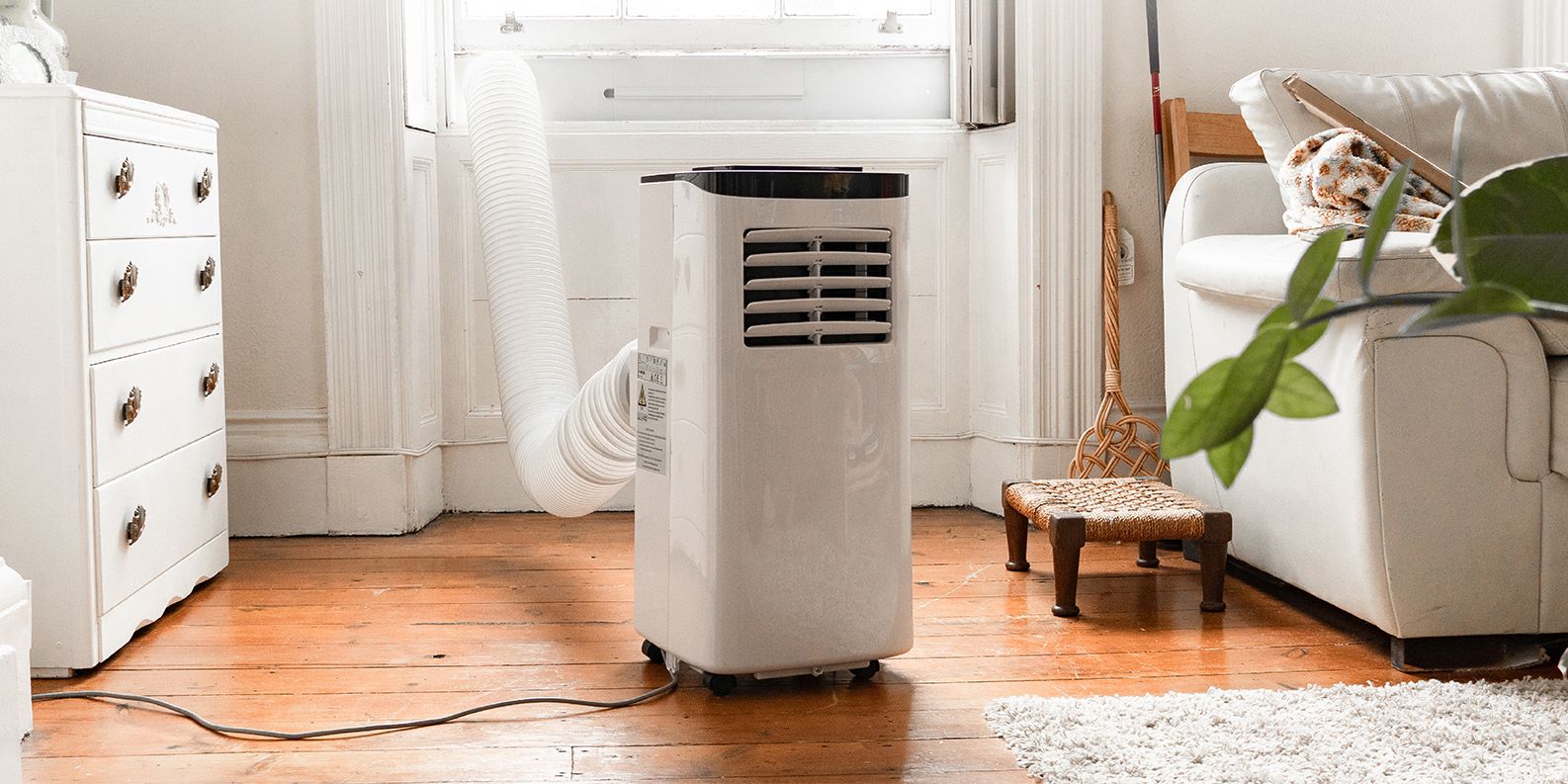

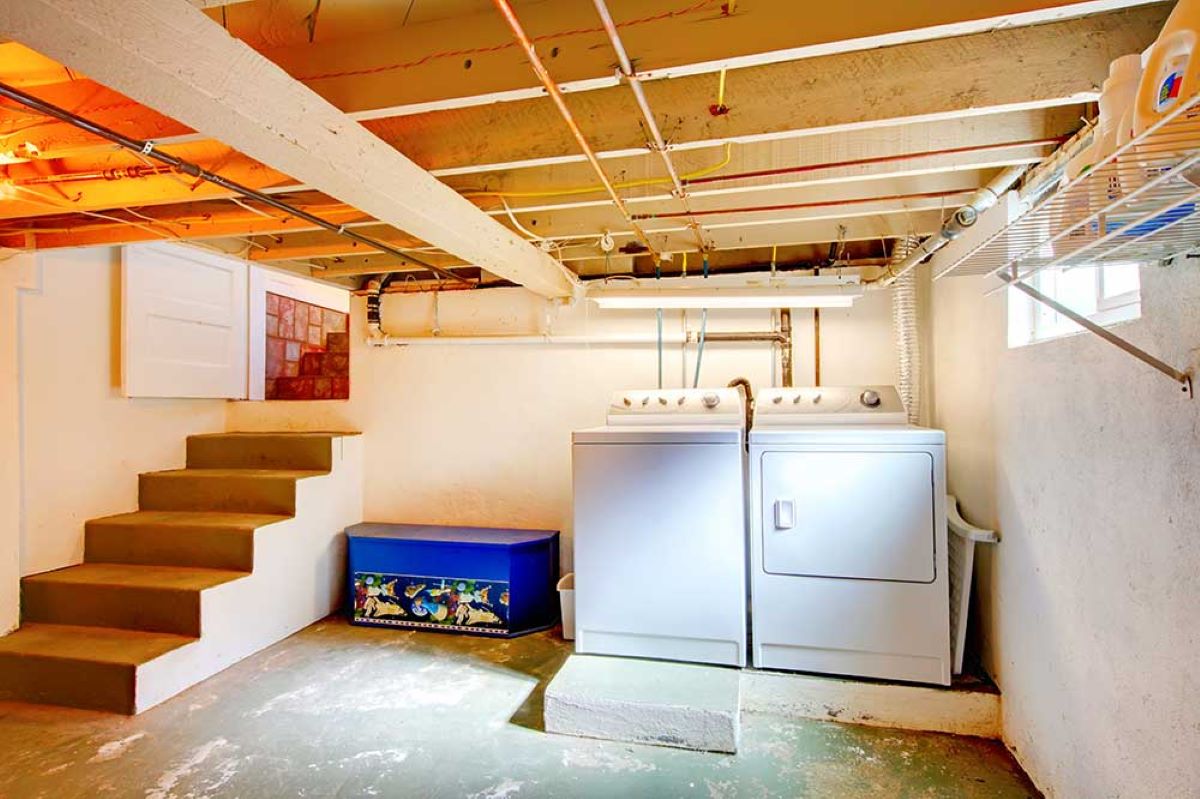
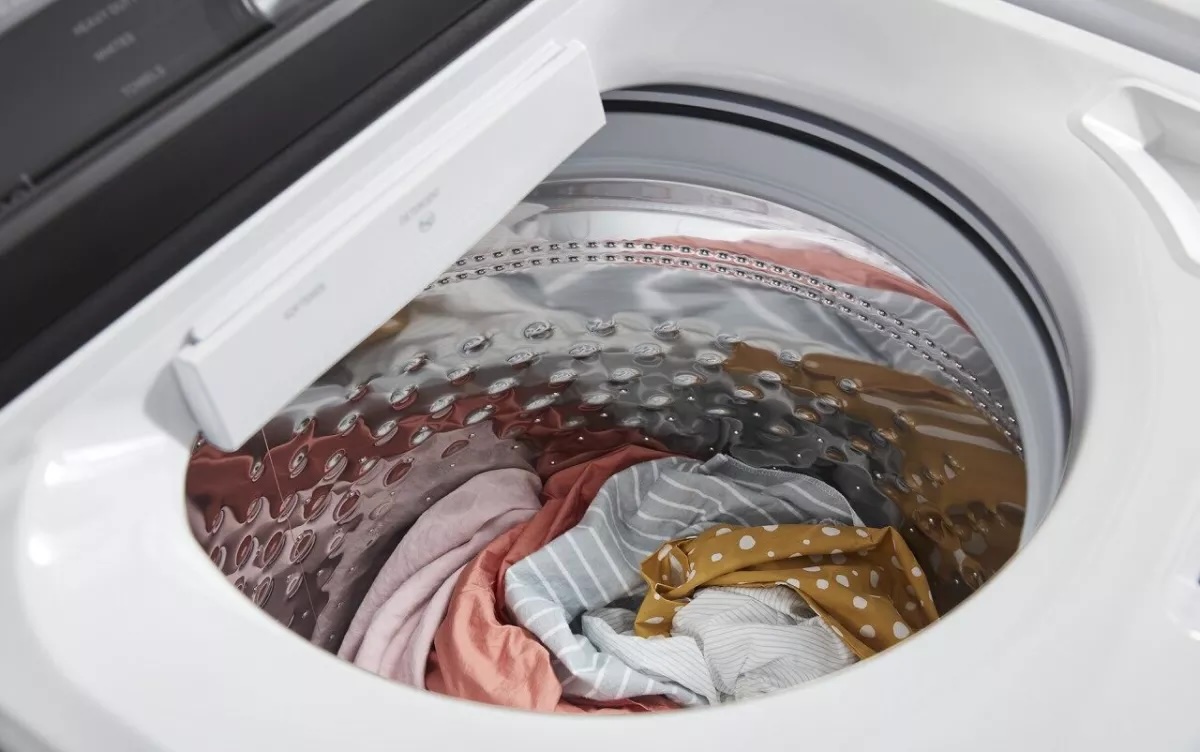

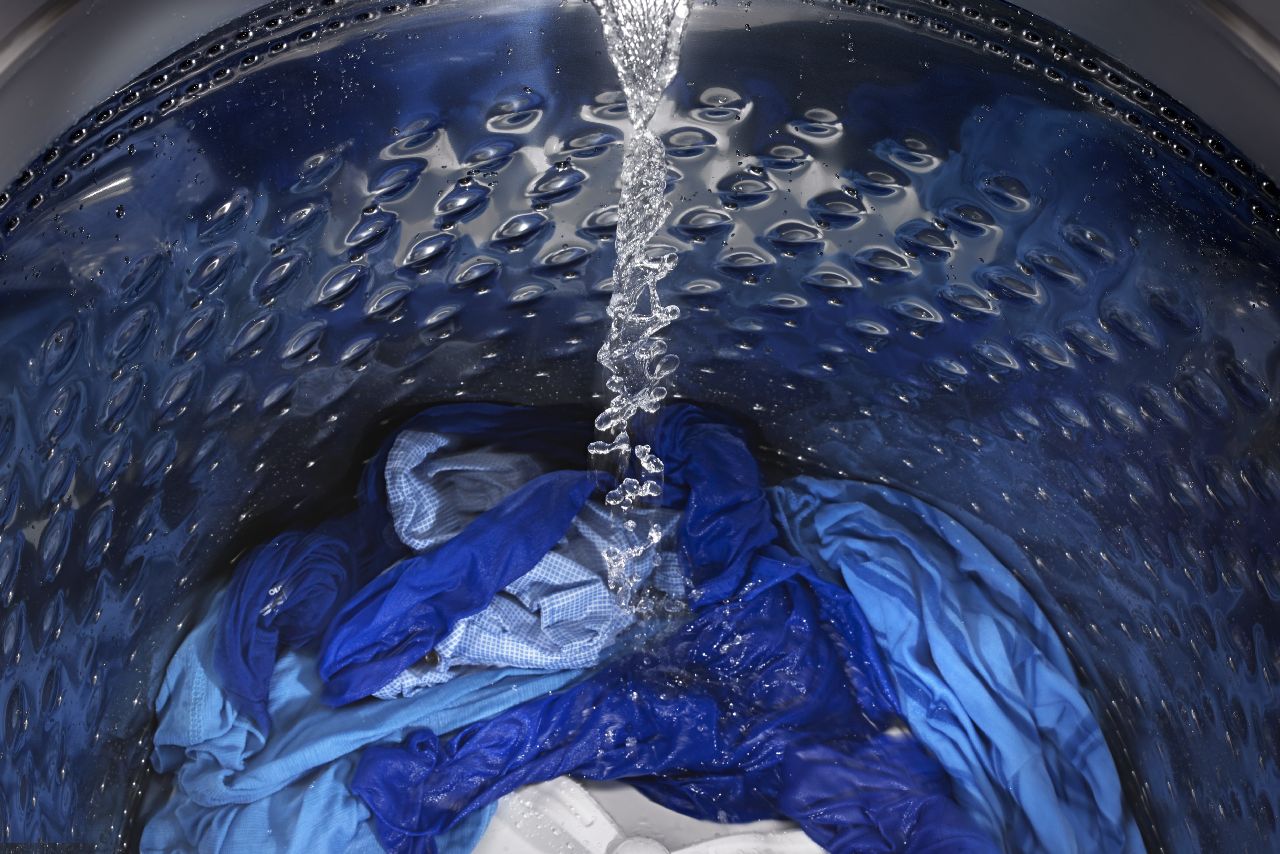

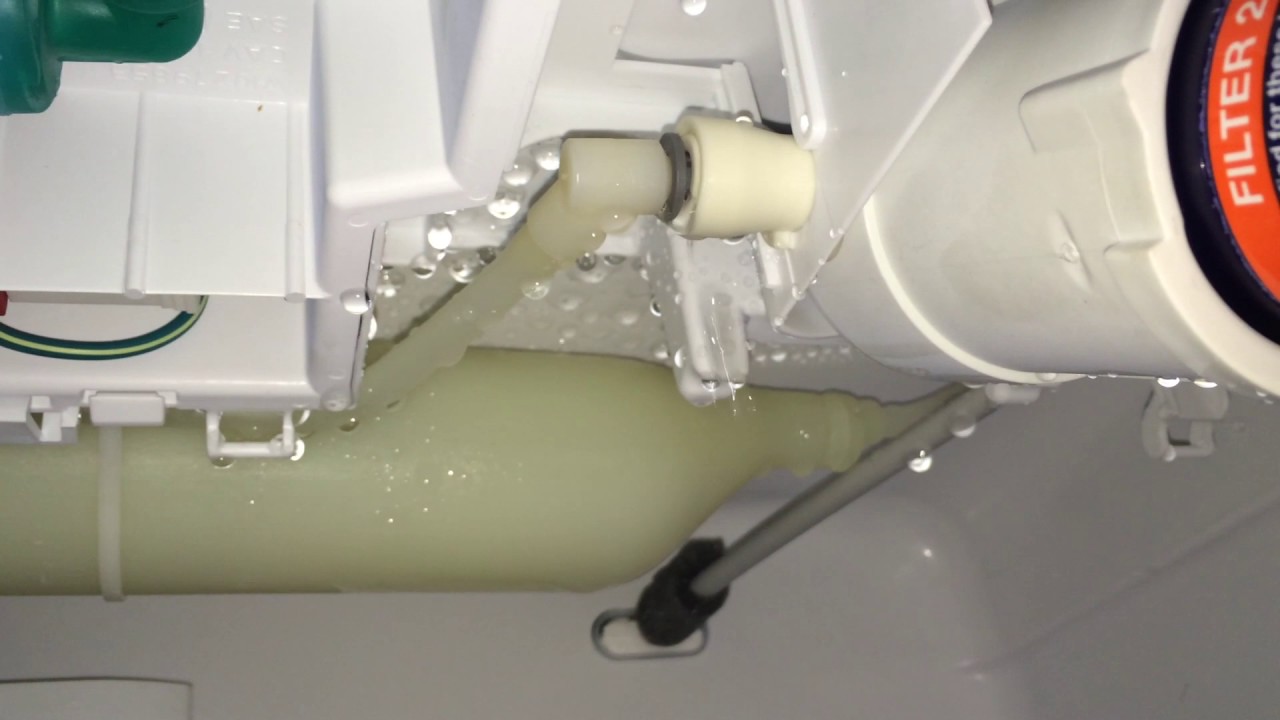
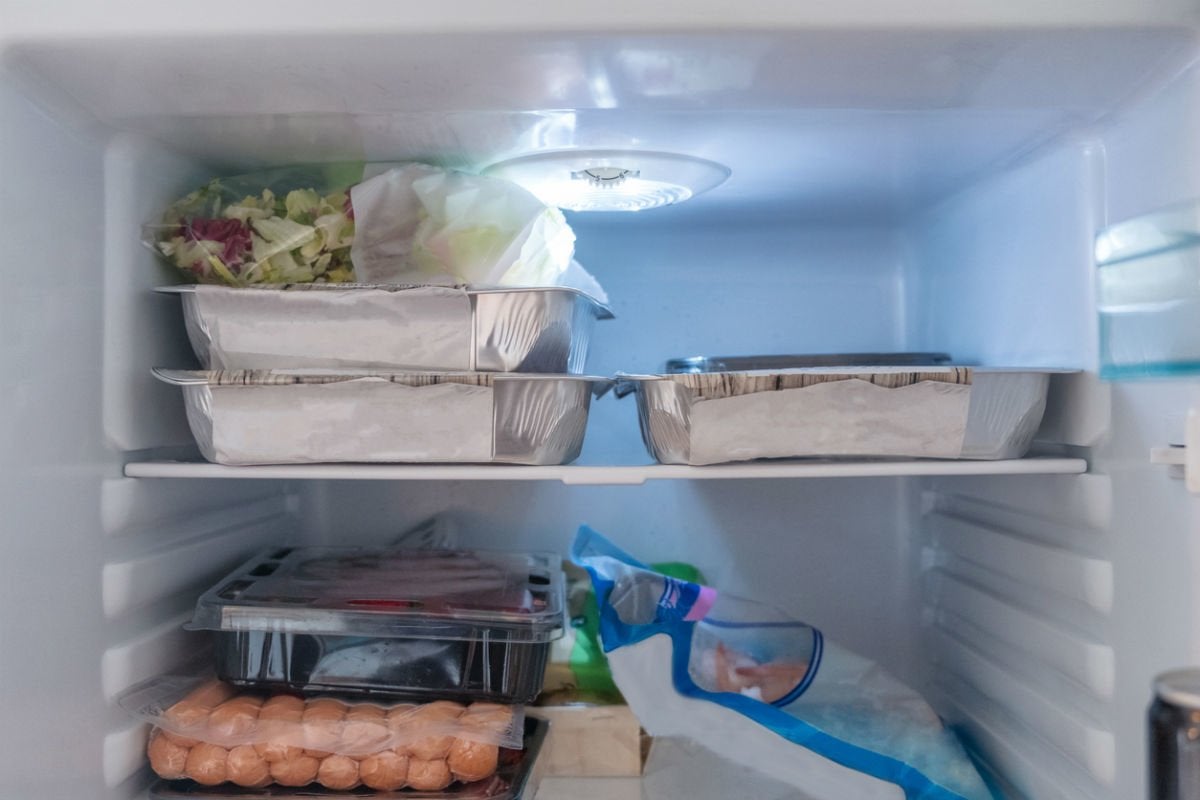

0 thoughts on “Why Is My Fridge Not Cold But My Freezer Is”